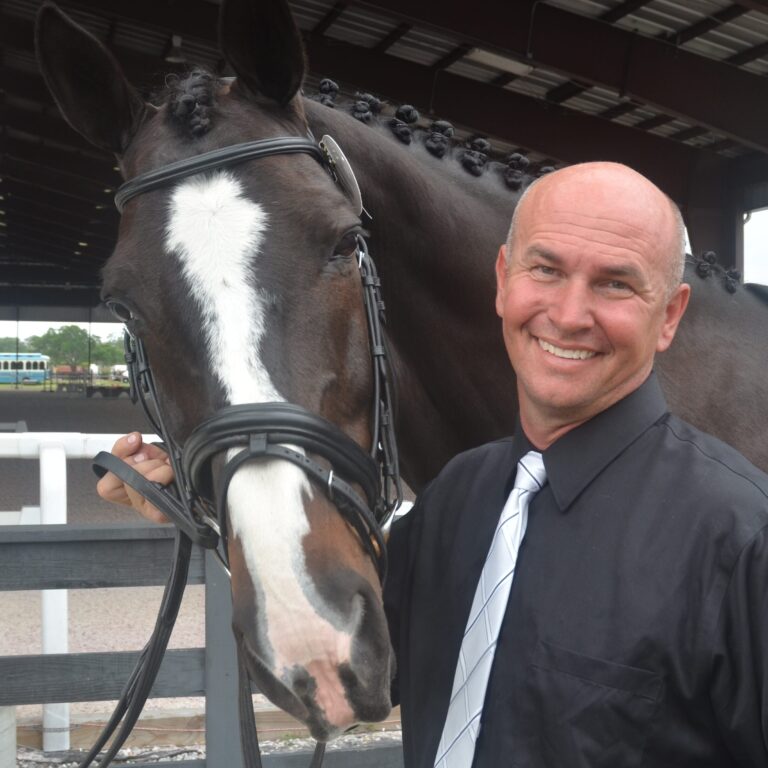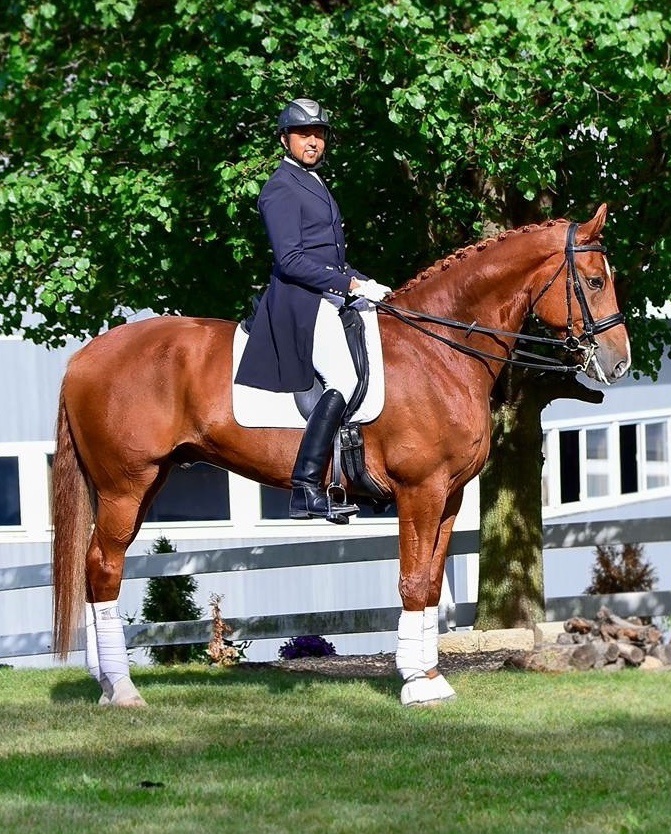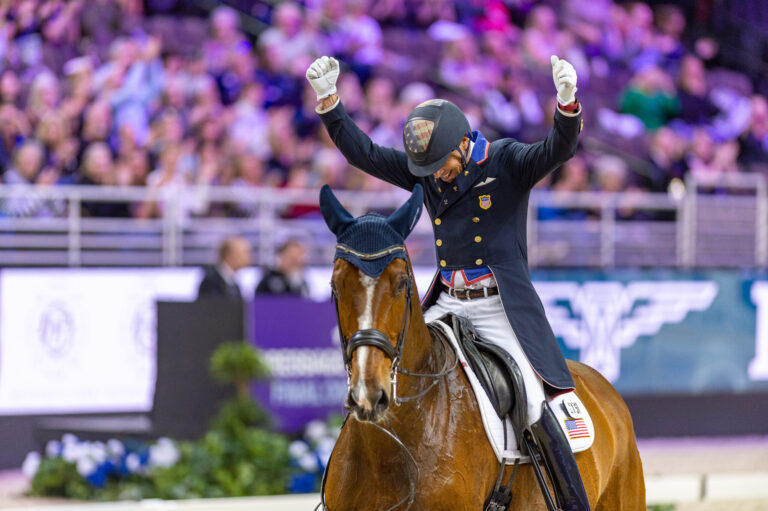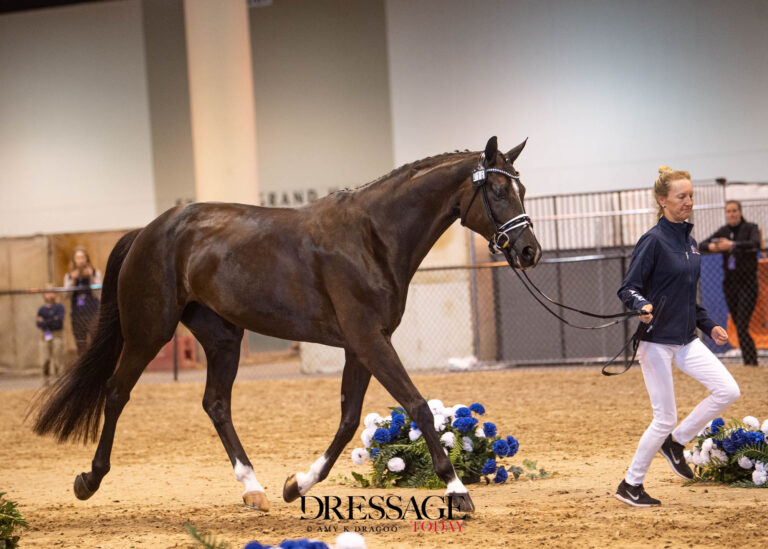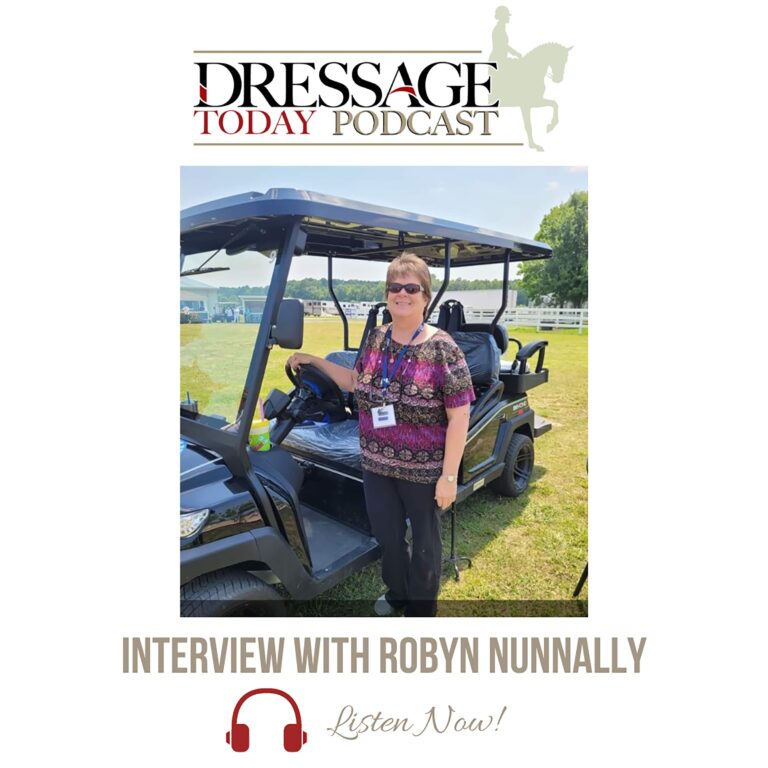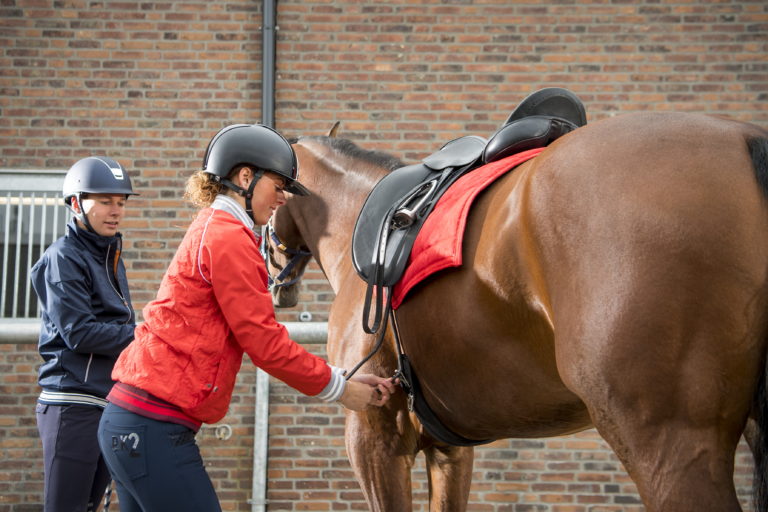Horse owners spend literally fortunes on various external applications for their horses – pharmaceuticals, physiotherapy, supplements, shoeing, yet may not be convinced about the necessity to pay a professional to check the fit of their saddle. Ill-fitting saddle cause many issues – sore, sensitive back, resistance, gait irregularities, bad attitude, behavioral issues, lack of engagement, difficulties in training, to name a few. Riders who struggle with position, are out of balance, have pelvic, hip or neck pain also bear the effects of poor saddle fit.
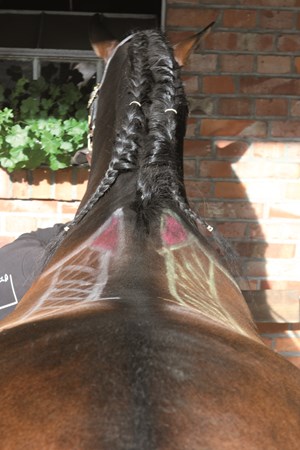
Saddle fitting is much more than a simple ‘re-flocking’. The best result for both horse and rider starts with a comprehensive evaluation of the fit of the saddle to both horse and rider. This requires following a specific procedure from start to finish which looks at all variables. It includes both static and dynamic evaluations with detailed measurements of horse and rider, and analysis. The fitter documents the findings (for both the client’s and fitter’s future reference) and speaks with the rider/owner about the work which needs to be done and at what cost. There should always be several options made available to the rider to choose from. This level of expertise and time justifies the professional evaluation fee.
Best outcomes for optimal fit are achieved when the saddle is infinitely adjustable through the gullet plate (to accommodate changes in shoulder angle and width and asymmetry). I have rarely experienced a rider unwilling to have the recommended adjustments made. Most of the adjustments, including work done at the gullet plate (widening, narrowing, changing angle) re-flocking or completely new flocking, and re-stitching /attaching of billets can be conveniently done onsite. This allows the rider to test immediately whether the adjustment has been successful for both himself and the horse. The rider can watch the fitter/saddler work and ask any questions that come to mind right then and there, and the good thing is that he will not have to give up his saddle for days, weeks, or months to send it away to a shop for repair (when a saddle is not adjustable).
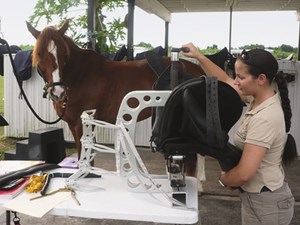
Maintaining ongoing optimal saddle fit protects the backs of both horse and rider and ensures comfort, freedom of movement, and facilitates training success. A properly trained professional saddle fitter or saddle ergonomist is able to competently fit a saddle based on the anatomical requirements of both horse and rider, consults intelligently with a client about their saddle choice, and provides invaluable knowledge and expertise, maintain ongoing comfort, freedom and back health for you and your horse.
Jochen Schleeseis author of ‘Suffering in Silence – The Saddle fit Link to Physical and Psychological Trauma in Horses’ (2013). Through the Saddlefit 4 Life global network of equine professionals Jochen Schleese provides industry education to help equestrians recognize and prevent saddle fit issues and long term damage to horse and rider. Find answers in a personal 80 point Saddle Fit Evaluation to horse and rider. www.SaddlesforWomen.com 1-800-225-2242 www.Saddlefit4life.com
Save


